Given the current lack of regulation, there is nothing in principle to stop unscrupulous organizations from deploying surreptitious robotic olfaction.



Given the current lack of regulation, there is nothing in principle to stop unscrupulous organizations from deploying surreptitious robotic olfaction.
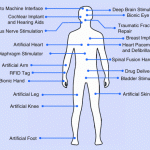
Many recent advances in implantable devices not so long ago would have been strictly in the domain of science fiction. At the same time, the public remains mystified, if not conflicted about implantable technologies. Rising awareness about social issues related to implantable devices requires further exploration.

The time of robotic deception is rapidly approaching. We are being bombarded regarding the inherent ethical dangers of the approaching robotics and AI revolution, but far less concern has been expressed about the potential for robots to deceive human beings.

Developers face a conundrum when launching software that must be equipped to make a moral judgment. Algorithms are being programmed to make consequential decisions that align with laws and moral sensibilities.

When thanks to drone use soldiers rarely come home in body bags, members of the public are not often prompted to care about or even notice military activity half a world away.

We are asking for AI rationale that can be used to improve operations, or attribute liability. This effort is doomed to failure, and may lead to greater problems.

One result of increased AI integration will be increased empathy for robots. This transformation has potential upsides and risks.
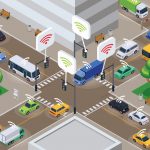
Mobile technology isn’t just in your pocket 24/7. It’s everywhere around us today, with its continual byproduct — data — trailing us everywhere we go. The great nexus of this 21st-century trend isn’t really your smartphone — it’s the city where you live, work, and play.

Is it unreasonable for us to want more from the AI-inspired — something more than, for example, a robot that can get up off the ground, and recover from being hit with a club?

I have an expectation that machine consciousness will emerge unexpected, unsought, and perhaps undetected.
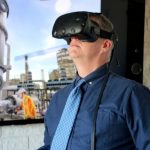
Mining has had an impact on many Aboriginal communities in Australia. As we move to a mining sector where dump trucks, underground excavators, loaders, and conveyor systems are transformed into partial or fully autonomous systems, there is little or no human labor required other than to maintain equipment or provide oversight using a range of distant surveillance technologies.

Philosopher-ethicist Jai Galliott and cybersecurity-engineer-computer scientist Benjamin Turnbull from the University of New South Wales join Andrew Maynard and Heather… Read More
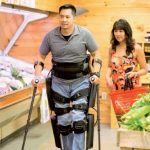
Many stroke survivors retain some degree of paralysis and thus have limited use of their body. According to published surveys,… Read More

A bot (short for robot) performs highly repetitive tasks by automatically gathering or posting information based on a set of… Read More
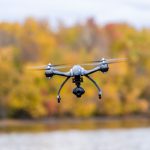
Aerial drones are increasingly being repurposed for domestic use and legislated for public and commercial purposes around the world. Japan,… Read More
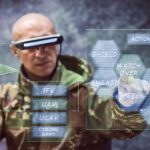
These remarks were delivered at the close of the 9th Workshop on the Social Implications of National Security (SINS16), Melbourne,… Read More

Heather M. Roff and Peter W. Singer [1] strikingly identify a problem for the next American president in the form… Read More

Te use of unmanned aircraft also known as drones is increasing in U.S. national airspace and the numbers will rise… Read More

Historically, the evolution of research in the areas of robotics and artificial intelligence (AI) has always been related, although with… Read More

Computers tell us what to do, every day, all the time. Is this a problem? I may get irritated when… Read More